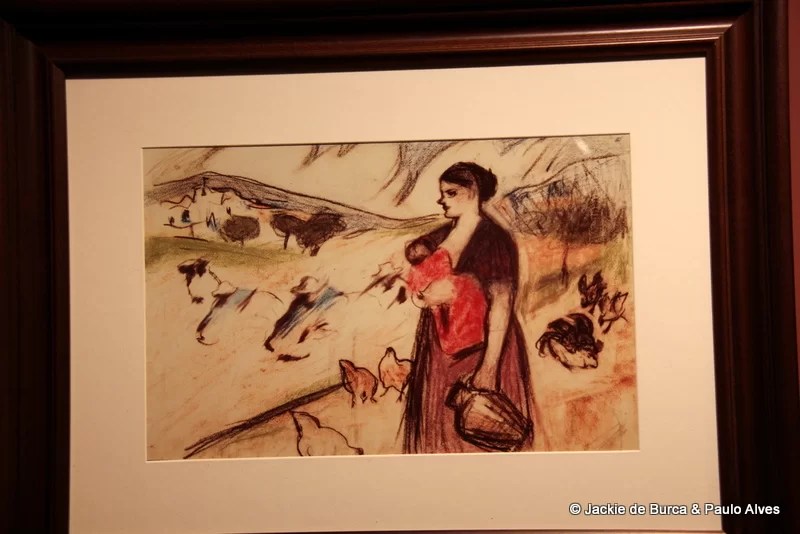Horta de Sant Joan Spain Travel Guide-Where Picasso Discovered Nature
By Jackie De Burca – Follow Jackie on Twitter
Sitting in a picturesque location, is the village of Horta de Sant Joan, which these days has been made famous because of the time that Picasso spent there.
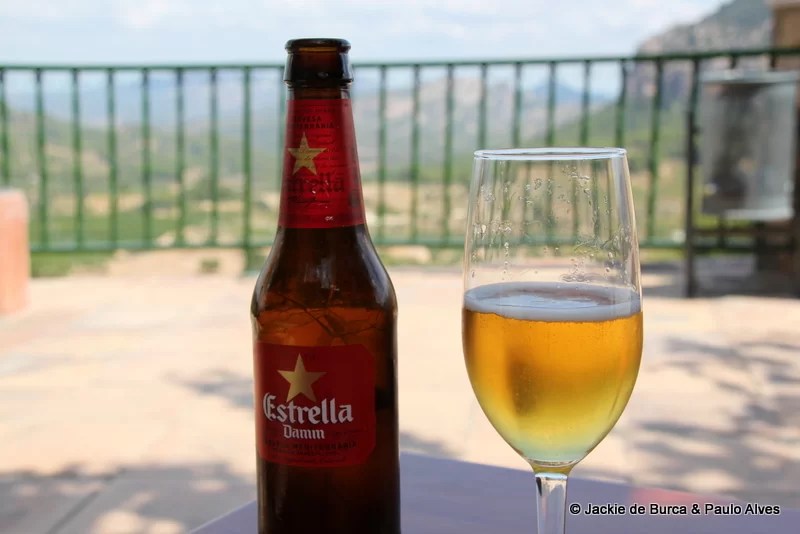 Although I visited the village as part of the Route of the Four Geniuses, I was touched by its character and surroundings. It’s worth a visit even for those who have no interest in Picasso, because it’s one of those places where you feel that time has stood still. It’s easy to imagine how life would have been a century or two ago, for the local people who depended so much on nature for their livelihood.
Although I visited the village as part of the Route of the Four Geniuses, I was touched by its character and surroundings. It’s worth a visit even for those who have no interest in Picasso, because it’s one of those places where you feel that time has stood still. It’s easy to imagine how life would have been a century or two ago, for the local people who depended so much on nature for their livelihood.
Today nature still serves the residents of this lovely village well. It attracts nature lovers, walkers, hikers and cyclists who also want to immerse themselves in the dramatic scenery of the area. You can also go canyoning, as well as choosing from a range of spectacular routes.
The village is really charming, and is idyllic for those who want to enjoy some peaceful rural tourism. Of course if you have any interest in art generally, or particularly in Picasso, this is an experience not to be missed. It is hard to imagine not being touched in some way, when you come here to sense how the young artist may have felt in these surroundings. For those of you who are familiar with Picasso’s better-known works, like me, you may find it really interesting, if somewhat strange, to see his sketches of goats, shepherds and local village people.
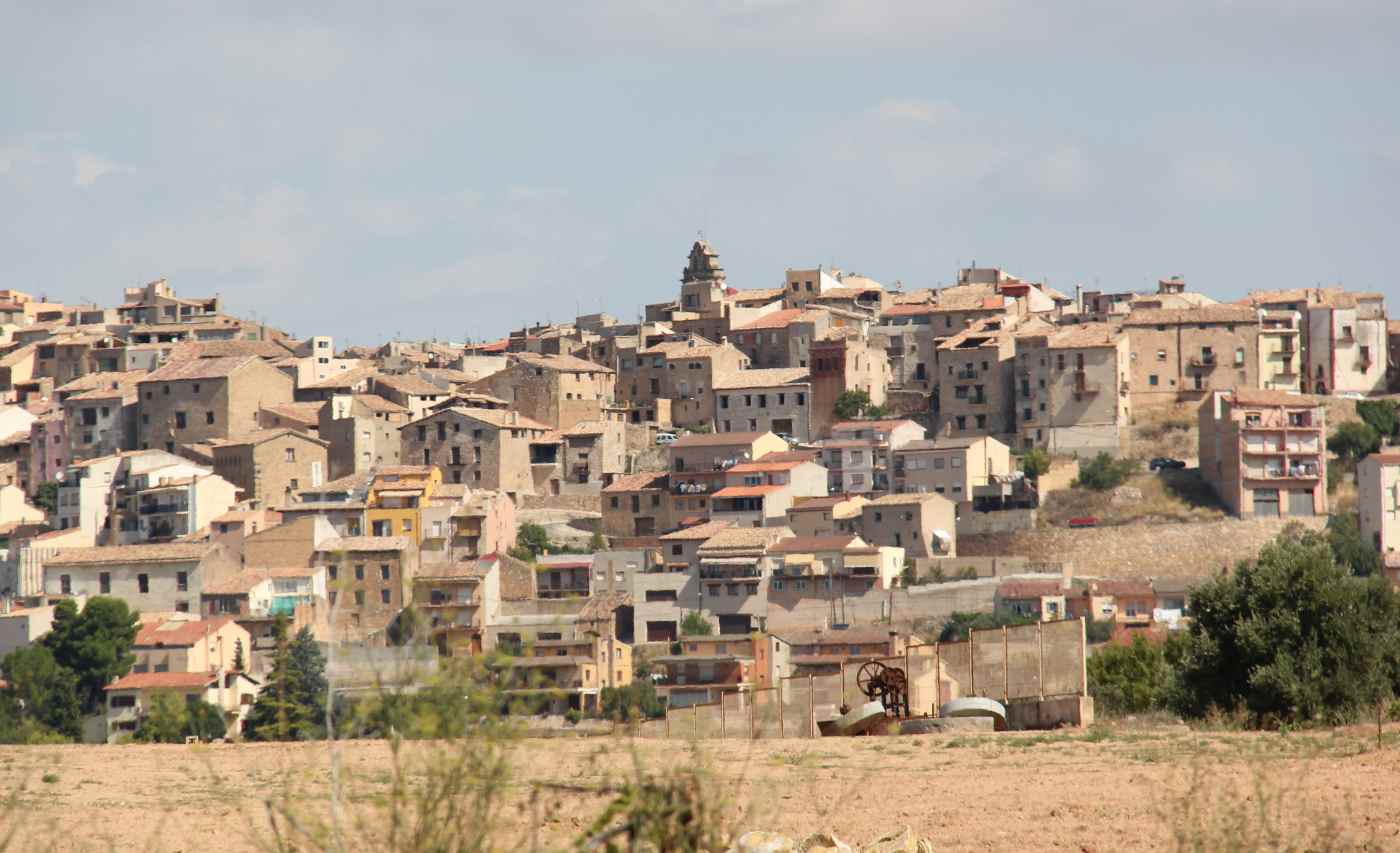
The architecture of the village has been declared to be of National Cultural Interest, and is therefore protected. The old part of the town makes you feel like you’ve entered a different period of history, with its medieval character, narrow streets and beautiful stone buildings.
Architectural Interest
Some consider that the square of the village is one of the most beautiful in the country. In my opinion, I have seen squares that are grander and more majestic, however the beauty of the square of Horta lies in its amazing 16th century character, and the masonry and architecture of these buildings.
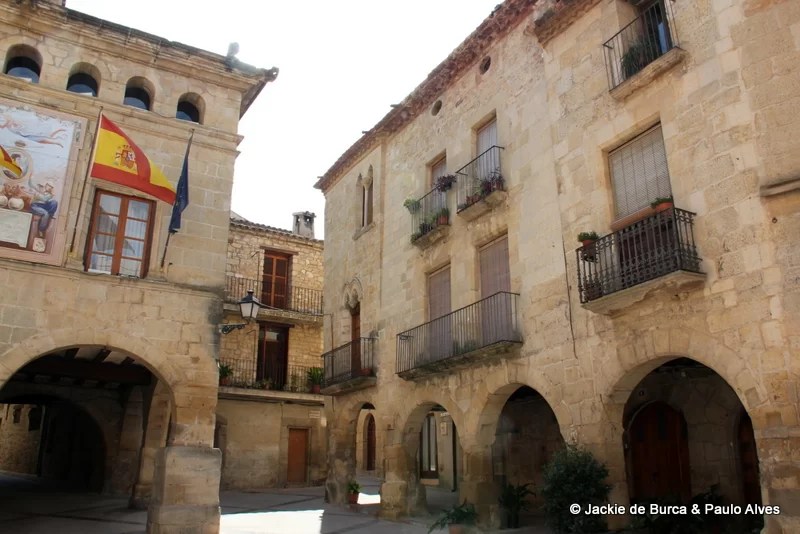
Ajuntament Horta de Sant Joan – Town Council Horta de Sant Joan
The town council building dates to the 16th century, and on the facade you’ll see a mural of King Ferdinand VII.
Casa de la Comanda, o Casa del Delme, Casa Membrado – House of the Tithe
This is the 16th century building, which is considered to be the most striking Renaissance building in the village. The local expression – Deume – actually means tithe, and this was a tax paid to the Hospitalers at that time, which represented one 10th of the agricultural products.
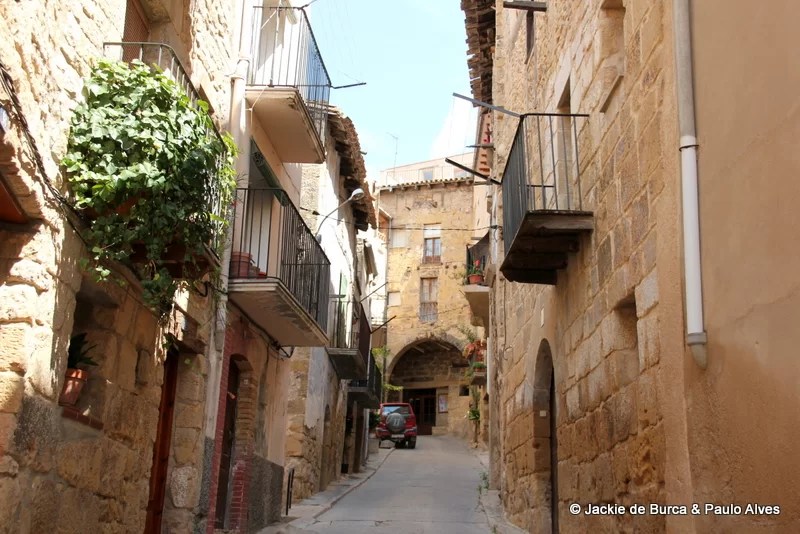
Churches
Convent de la Mare de Déu dels Àngels – Convent de Sant Salvador – Saint Salvador Convent
I spotted the convent on my way up to the Picasso Centre, but as I was so focused and excited about going there I didn’t think too much about the striking building in the distance.
However on the way back down its beauty struck me again, so I asked the lady working in the little restaurant that actually overlooks all of that area what it is. She told us about the convent, and and also told us that the local people want to be able to restore it, but there is no funding available right now to do so. They make some small amount of money from people paying an entrance fee, but she certainly didn’t seem to think they built a restored in the near future.
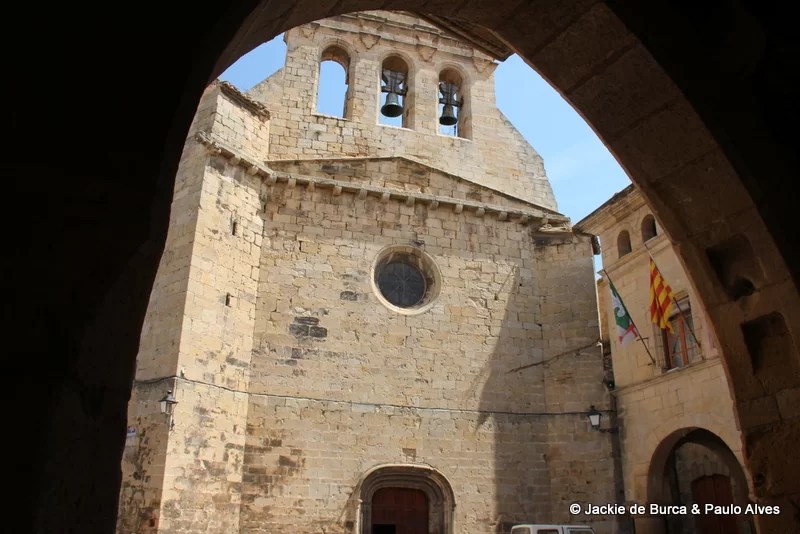
Although the correct name for it is the first name I’ve given here in Catalan, which translates into the Convent of our Lady of the Angels, it is far more commonly called the convent of St Salvador. It is around 2 km from the village itself, just at the foot of the hills of the mountains of Santa Barbara.
We’re not exactly sure of what the real original functions of this convent were, it may have been shared in some way with Castle, or it may have just been a sanctuary.
We do know, however, that the Templar Knights were devoted to the Virgin Mary. Of course we know it was in a very strategic position, being close to major road, also known as a livestock bundle because during medieval times this was an area linking the inland pasture areas of the Lower Ebro region and the interior of the Kingdom of Aragon.

It is made up of a group of different buildings something to 13th century, which are located around a Renaissance period cloister. Other parts are built later on, with construction happening right up to the 19th century.
Esglesia de Sant Joan Baptista – Church of St. John the Baptist Horta de Sant Joan
The church was built between the 13th and 14th centuries, and is divided into three sections. Its façade stands out for its simplicity, and during the 1960s restoration work was carried out. During that time new windows were installed, that combine natural colours and light.
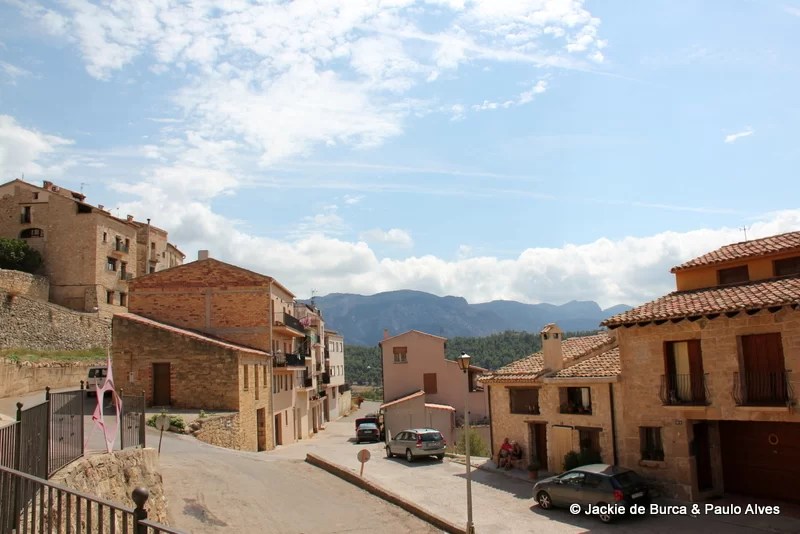
Museums
L’Ecomuseu dels Ports – Eco-Museum of Els Ports Natural Park
The Els Ports Eco Museum is an initiative to promote the cultural dynamism of the village of Horta de Sant Joan and also neighbouring areas. These areas work together to make use of the natural heritage and resources of Els Ports, and of course to educate people about the areas history and culture, nature and identity. The knowledge is made available to visitors in a way that is educational, portable, coherent but also scientifically based.
Horta de Sant Joan Picasso Route
Picasso and Horta de Sant Joan
At the age of 16, Picasso went to Horta de Sant Joan for the first time, in the summer of 1898, to recover from scarlet fever. His artist friend, Manuel Pallares, who was five years his senior, invited the ill and disillusioned Picasso, to stay in his family’s farmhouse, where he remained until February 1899.
Until that time, the artist had been a city boy. He had studied for some time in Barcelona, and then Madrid – but in both situations he preferred to wander off to do his own sketching and painting, around those cities, and he didn’t respond well to routine.

Even though Picasso went there feeling unsupported by his parents, who were no longer willing to fund his studies, and unwell, he left this lovely medieval village, stronger not only in his health, but in his art.
Before my visit, I didn’t read any extra information about the village and its connection with Pablo Picasso. I did this on purpose, as I didn’t want to have any pre-conceived ideas – I wanted to do my very best, to walk humbly in Picasso’s footsteps.
In my own way, I wanted to feel and imagine, even a small drop of the inspiration that Picasso obviously felt during his time in the area.
First Impressions Of The Canvas Of Horta de Sant Joan
In the distance the village is like a herd of goats wandering gradually uphill, surrounded by green pastures and mountains. As I absorbed the nature that surrounds the village, the words lush and strong came to mind.
The canvas is an ever-changing palette of strong stone formations, different tones of greys and browns, surrounded by endless hues of luscious greens.
The village houses, just like the local goats, sprawl gradually up the incline. Inside the village, the stone buildings also reflect the local landscape.
It’s a challenging canvas, that dares the artist to explore deeper and deeper. It dares the artist to climb up higher and higher. It dares the artist to pushes his boundaries.
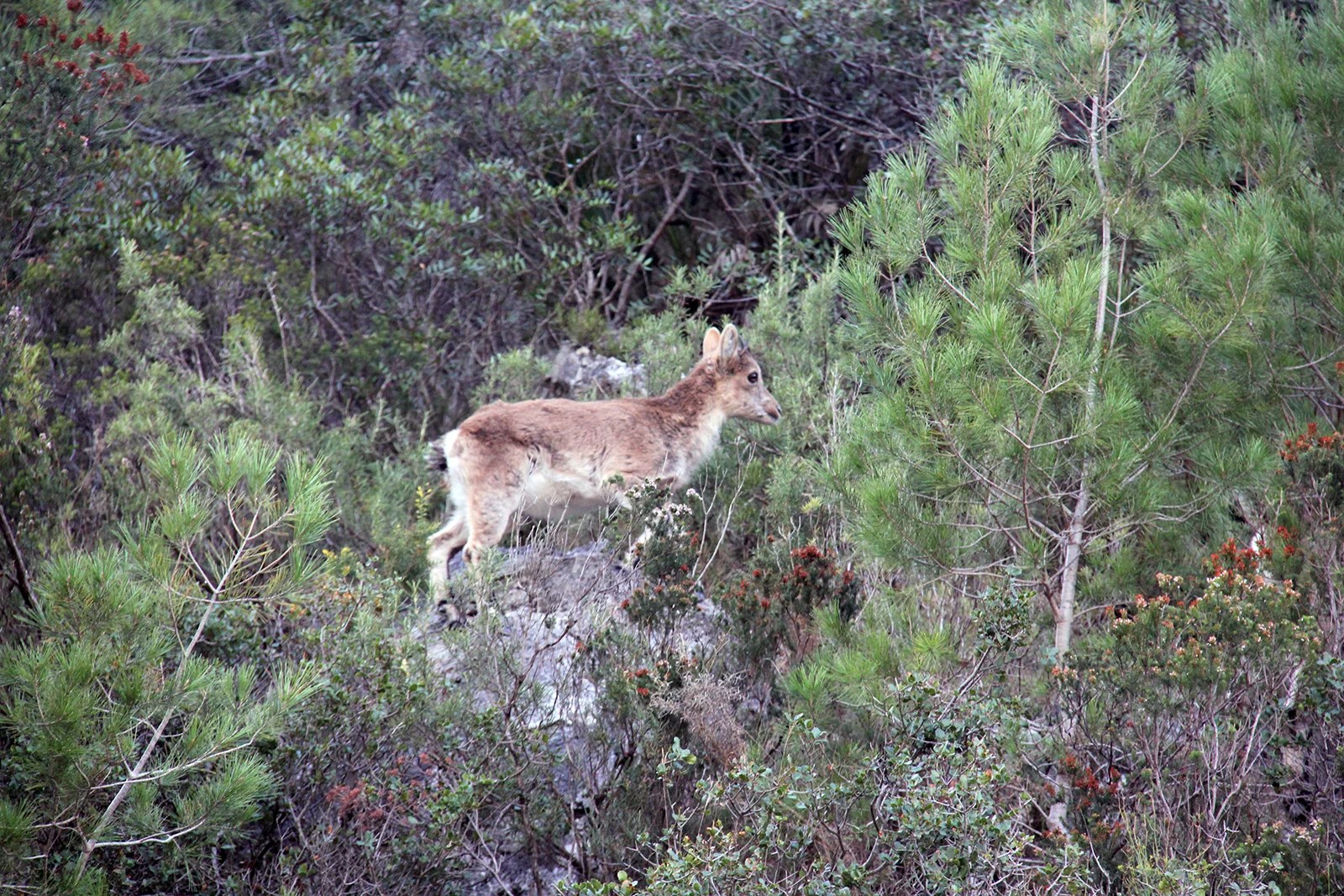
I can imagine how irresistible the landscape of El Ports Natural Park must have been to Picasso. I can imagine how it gave him strength, along with the chicken soup of Manuel’s mother, this is apparently what Picasso’s friend said to him:
“With my mother’s chicken stock and some fresh air, you’ll feel a lot better soon!” Manuel Pallares
And sometime later Picasso said to him, apparently referring to an incident when Pallares had saved him from drowning:
“I will never forget that you saved my life.”
Painting In Els Ports
So once Picasso had recuperated sufficiently, he started a new education that was so meaningful to him that he said:
“Everything I know, I learned in Horta.”
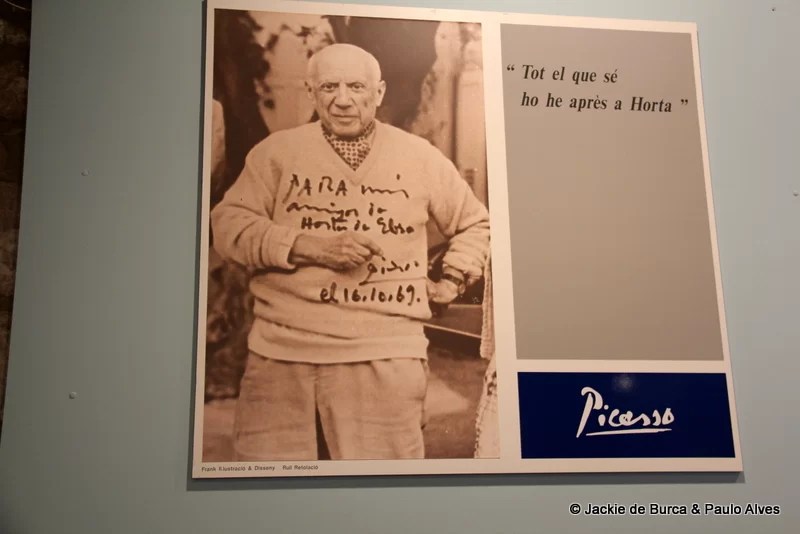
His friend was strong and was used to navigating the Sierra like a mountain goat. The two would go to sketch and paint, but at the same time Picasso was learning about how to be in nature, how to find the paths that nature offers, how to cook in the wilderness and to build a fire, and of course, how to find shelter.
I can imagine how the artists became part of the nature of the Els Ports Natural Park.. Imagine how a young Picasso, having been nurtured by this nature, would have learnt at the same time to connect with it, respect it and love it.
Nature is a great teacher, and Picasso, no doubt, was a hungry student, who thrived on spontaneous learning.
Els Ports became the classroom that Picasso didn’t want to escape from – he sketched the trees, the goats and sheep, the shepherds – whatever inspired him, he tried to capture it, much as we photograph today.

In 1969 Picasso said:
“I like Horta very much. Sometimes I think I should have stayed to live there, but my friends told me: “What will you do there?” I don’t know, I don’t know; perhaps I would feel better than now.
Picasso Returned To Horta To Develop His Porto-Cubism Style
In 1909 a more mature artist and person came back to Horta, and it was during that visit that Picasso developed artwork that would soon bring to an end his financial struggles.
Hiking Routes
Muntanya de Santa Barbara – Santa Barbara Mountain
Emerging from behind the Convent of St Salvador is the really impressive, imposing Mountain of Santa Barbara. It’s a conglomerate rock pyramid that reaches up to around 735 metres in height, and actually was extremely well known to be inhabited by hermits during ancient times.

There is a road at the base of the mountain, behind the convent that you continue on to the left until you reach the cave, which is known as the cave of St Salvador. In the background of the cave there is a religious image which is protected by iron bars, and seems to be adorned with flowers right throughout the whole year. If you decide to explore further up the mountain be sure that you don’t suffer from vertigo, or have particularly bad issues with heights. It is pretty dramatic.
Lo Parot Monumental Tree
In 1990 Lo Parot was declared a monumental tree. You’ll find it has an altitude of 480 m, its crown diameter is currently 9 m and it is an olive tree, a variety that we are not aware of today. Its food is more elongated then the varieties of the area, as are its leaves. The tree is thought to be over 2000 years old, which means that it would mean there are times of both the Iberians and the Romans.
You’ll find this ancient tree around 500 m from the exit of the village in the direction of Bot. There’s a smaller road that youll find at KM3 of the road, and you need to go by around 50 metres of buildings and then there’s patch on the lower right, where the tree is.


